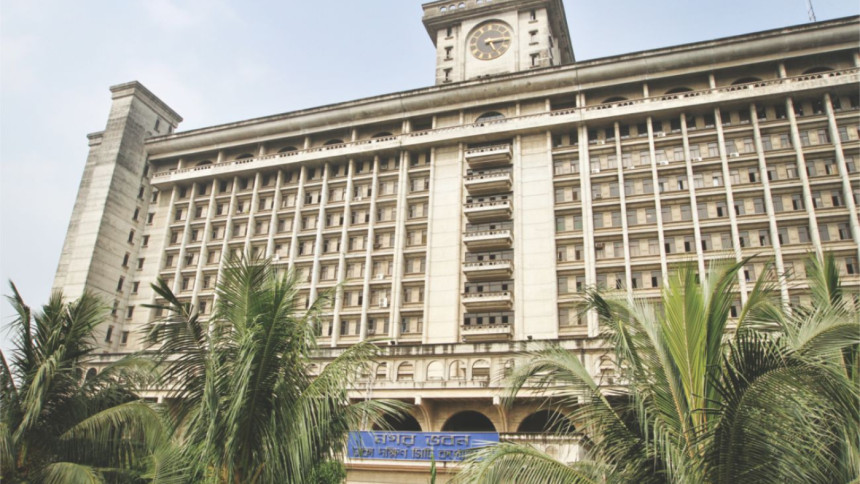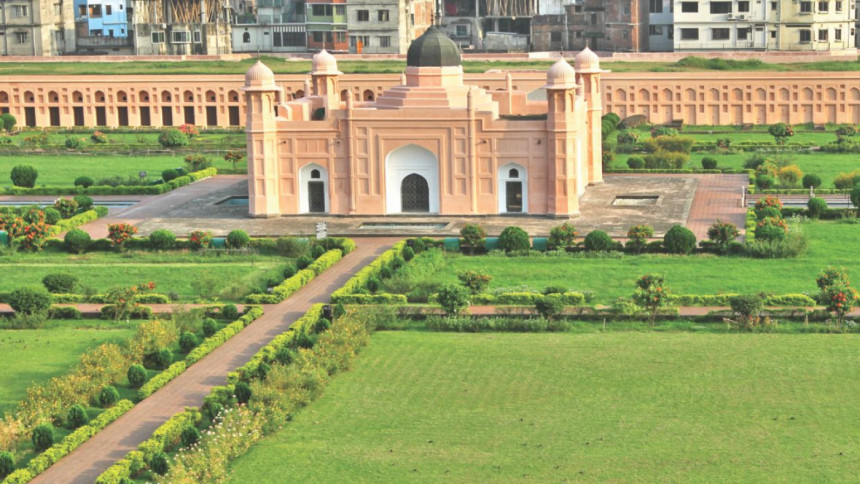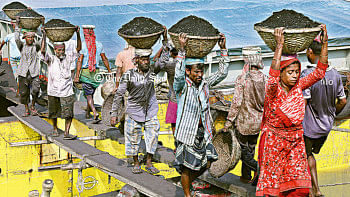REMINISCING DHAKA'S LEGACY

Dhaka once called "Bahanno Bazaar Tippanno Gali" (the city of 52 bazaars and 53 alleys) with a few thousand people, is now one of the fastest growing megacities of the world with a population of more than 18 million.
The rapid development of this city depends on the Dhaka City Corporation. Bifurcated into Dhaka North and South City Corporation in 2011, this body of local government headed by the elected Mayors, has been responsible for ensuring a better life of millions of Dhakaites.
In 17th century, French traveller Francois Barnier visited Dhaka and termed it as one of the largest and wealthiest cities in the world. At that time Mughal rulers called Subadar used to govern the city from their palaces on the banks of Buriganga.
In 1793 when British rulers took complete control of Dhaka followed by the demise of the Mughal Empire, it was reduced to a small town and gained its anglicised name Dacca. Most of the city was abandoned.

To revive the city, the then colonial rulers established a committee called "Committee for Improvement of Dacca". Dacca Municipality was formed in August 1, 1864 covering an area of some 20.72 square kilometres with a population of some 52,000.
During the British rule, much of Dhaka's glory was shifted to Kolkata, the then provincial capital of British India. In 1905, Dhaka regained some of its lost glory as it was declared the capital of the newly formed province East Bengal and Assam.
Dhaka's Nawab family contributed a lot to develop the city's infrastructure by donating land to establish universities, hospitals, gardens and public buildings. After the Bengal Partition, Dhaka again lost the status of capital city and development lost its pace.
Throughout Pakistani rule, Dhaka remained as a municipality but the city expanded considerably both in size and population. After the liberation of Bangladesh in 1971, due to growing importance, the necessity to establish a broader framework to run the city became more obvious.

In 1983, the new form of city administration called City Corporation was created to govern Dhaka. By 1983, Dhaka's population reached 3,440,147 and it covered an area of 400 square kilometres. The city was divided into 75 wards headed by commissioners. Female representation in the city administration was also ensured by creating reserved seats for women commissioners.
The current version of Dhaka's administrative framework appeared when the act of 1983 was amended and Dhaka City Corporation Act 1993 was promulgated. According to the act, the Mayor and commissioners of the city corporation would be elected directly by the voters of the city. The first election under the law was held in 1994 and Mohammad Hanif became the first elected Mayor of Dhaka.
Recently, both of these city corporations have got new mayors to govern this city of millions. They have received the historic responsibility to govern such a city of heritage and rich culture. It is upto them to uphold this immense responsibility with honesty and dedication.
Sources:
1. Banglapedia article on Dhaka City Corporation
2. Smriti Bismritir Nagari Dhaka by Muntasir Mamun
3. From Jahangirnagar to Dhaka by Faruque Hasan


 For all latest news, follow The Daily Star's Google News channel.
For all latest news, follow The Daily Star's Google News channel. 



Comments